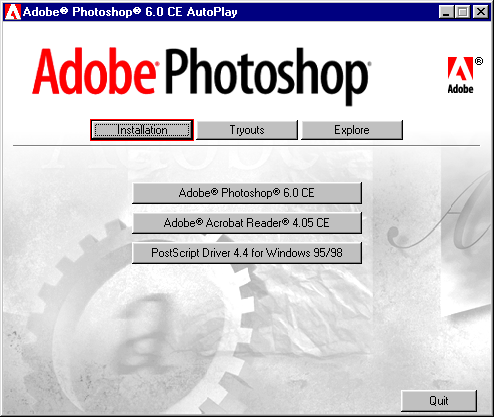

On Photoshop you can use groups to just clean your layer stack and keep blending mode of your layer compositing through all the stack. This can be surprising for Photoshop users. The group blending mode in Krita has priority over child layers and overrides it.

Groups and Blending Mode (Composite Mode): ¶ The most common default shortcuts are very similar in PS and Krita:Ĭtrl + Shift + E: flattens all (not the Ctrl + Shift + M shortcut as in PS)Ĭtrl + G: create new layer group and move selected layers to this group You have to use the button on the Tool Options. However, the T key is also used to switch to the Move tool, so this shortcut is not functional right now. Intersect is a selection mode which uses the T key as the shortcut. ‘ Keyboard’: with the + and - keys on your numpad keyboard.Īs in Photoshop, Painter, Manga Studio: use the Ctrl + Space shortcut to zoom, and the Space key to pan. ‘ Mouse wheel’: down and up for zoom, and press down to pan your document. In Krita you can navigate your document using all these methods: This chapter covers how you use Krita in the basic operations compared to PS. When you get used to Krita, you will find that Krita has some features that are not part of PS. This means that PS has more features than Krita in general, but Krita has the tools that are relevant to digital painting. The first thing to remember is that Krita is a 2D paint application while Photoshop (PS) is an image manipulation program. But even though things may change in the future, the basics will most likely remain the same. This introduction is written with Krita version 2.9 and Photoshop CS2 and CS3 in mind. The intention is to make you productive in Krita as fast as possible and ease the conversion of old habits into new ones. This document gives an introduction to Krita for users who have been using Photoshop. Introduction to Krita coming from Photoshop ¶ Introduction ¶


 0 kommentar(er)
0 kommentar(er)
